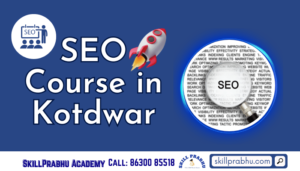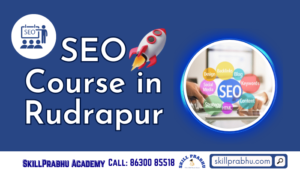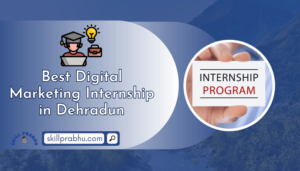Social media is not just an app on our mobile, it is a lifestyle. Scrolling through Instagram, sharing memes on WhatsApp, or bingeing TikTok is quickly becoming as much a part of our day as eating and sleeping, whether you are Gen Z, Gen Alpha or anywhere between. It’s how we live, laugh, learn, work, and even cry sometimes. But like every tool, it has both good and bad aspects.
This article explores the advantages and disadvantages of social media in simple language. We’ll look at how it affects individuals and society, including its positive and negative effects, especially on youth and students, and even its impact on mental health.
Let’s Break It Down: Top Advantages and Disadvantages of Social Media
Social media platforms like Facebook, Instagram, Twitter (X), YouTube, and WhatsApp have changed how we interact. And while they have many advantages, they also have certain disadvantages.
Let’s dive into both sides to understand the pros and cons of using social media.
Advantages of Social Media
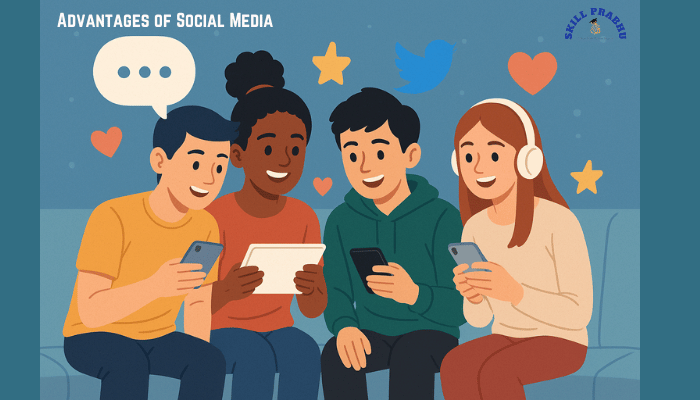
- Easy Communication and Connection
One of the biggest benefits of social media is that it connects people from all over the world. You can chat with family, make new friends, or even meet like-minded people with shared interests.
- Stay in touch with long-distance relatives
- Join groups and communities based on hobbies
- Make professional connections on platforms like LinkedIn
- Educational Resources for Students
Students learn a lot from social media. Many educational pages, YouTube channels, and study groups are available to support academic growth.
- Access to free tutorials and how-to videos
- Join student discussion groups
- Get career guidance and inspiration
That’s why many talk about social media pros and cons for students, as it can boost learning but also lead to distraction.
- Marketing and Business Growth
For businesses, especially small ones, social media is a low-cost way to reach new customers. It allows companies to market products, get customer feedback, and build brand awareness.
- Promote products through Facebook or Instagram ads
- Direct communication with customers
- Use influencers to reach a larger audience
- Awareness and Real-Time Information
Social media helps people stay updated with the latest news and global events. Through this platform, users can effectively spread knowledge about social matters.
- Instant updates during emergencies
- Support for social causes
- Spread important messages quickly
- Boosts Creativity and Self-Expression
Whether it’s sharing a photo, writing a blog post, or creating a video, social media offers endless opportunities for people to express themselves.
- Share your artwork or photography
- Post poems, thoughts, or opinions
- Build a personal brand
Disadvantages of Social Media

The benefits above are compelling but we can always find negatives. Many experts discuss the negative effects of social media, especially on mental health and youth.
- Addiction and Time Wasting
One of the major disadvantages of social media for youth is addiction. Many young people spend hours scrolling, liking, and commenting, which affects their studies and sleep.
- Poor time management
- Reduced focus on important tasks
- Delay in completing schoolwork
- Mental Health Concerns
One serious topic is the effects of social media on mental health. Constant comparison, cyberbullying, and unrealistic beauty standards can result in:
- Anxiety and depression
- Low self-esteem
- Fear of missing out (FOMO)
If you ever ask “Is social media good or bad?” —this is one where people think twice.
- Cyberbullying and Privacy Issues
Not everyone online has good intentions. Young users often face cyberbullying, online harassment, or identity theft.
- Harmful comments and trolling
- Sharing private information without consent
- Scams and fake accounts
- Spread of Misinformation
Social media allows anyone to post anything. That means false news can go viral quickly, which can create panic or confusion.
Fake health tips
Misleading political news
Scams disguised as offers or contests
- Negative Impact on Social Skills
Although online connection is simple, it creates disconnection in person. Young people may struggle with real-life conversations.
- Reduced ability to handle conflict
- Shyness or social anxiety in public
- Preference for virtual over real experiences
How Social Media Helps and Harms Society?
Here’s a quick comparison of how social media influences society as a whole:
Positive Effects:
- Promotes social justice and change
- Helps small businesses grow
- Encourages public discussions
Negative Effects:
- Can spread hate speech or violence
- Creates political or social divisions
- Reduces in-person community bonding
So, when we talk about the impact of social media on society, we must look at both sides to form a clear view.
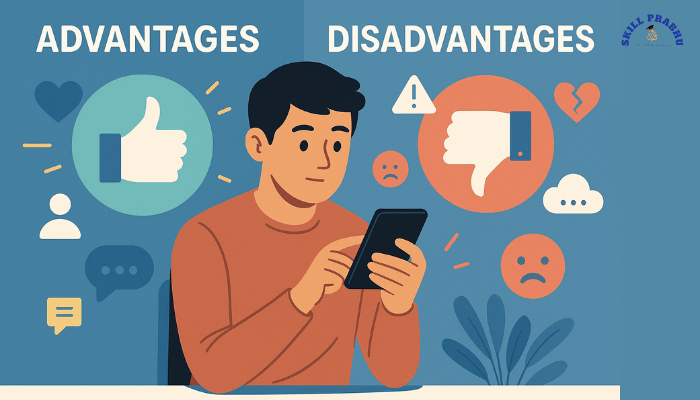
Social Media: A Blessing or a Curse?
The truth is—social media is like a double-edged sword. It can be a great tool if used wisely, but it can also be harmful if used without limits.
Let’s break it down:
Benefits of Social Media:
- Quick and easy communication
- Free access to education and news
- Support for creative expression
Drawbacks of Social Media:
- Mental health problems
- Time wastage and distraction
- Risk of online bullying and scams
Therefore, the answer to the question “Is social media good or bad? depends on how you use it. If you control your screen time and use social media for learning, networking, or creativity—it’s a good thing. But if it controls you, the side effects can’t be ignored.
Tips for Safe and Healthy Use of Social Media
To enjoy the advantages while reducing the risks, here are a few tips:
- Set screen time limits
- Don’t share personal info publicly
- Follow positive, educational pages
- Take breaks from social media often
- Talk to someone if online interactions affect your mood
Also Read: How to Start Social Media Marketing for Small Business
Conclusion
Social media has completely changed the way we live, learn, and communicate. In this article, we explored the advantages and disadvantages of social media, covering its positive and negative effects, especially on youth and students.
Like any powerful tool, it all comes down to how you use it. Use it to learn, connect, grow — but don’t let it consume your life. A balanced approach will help you enjoy the benefits while avoiding the problems.


